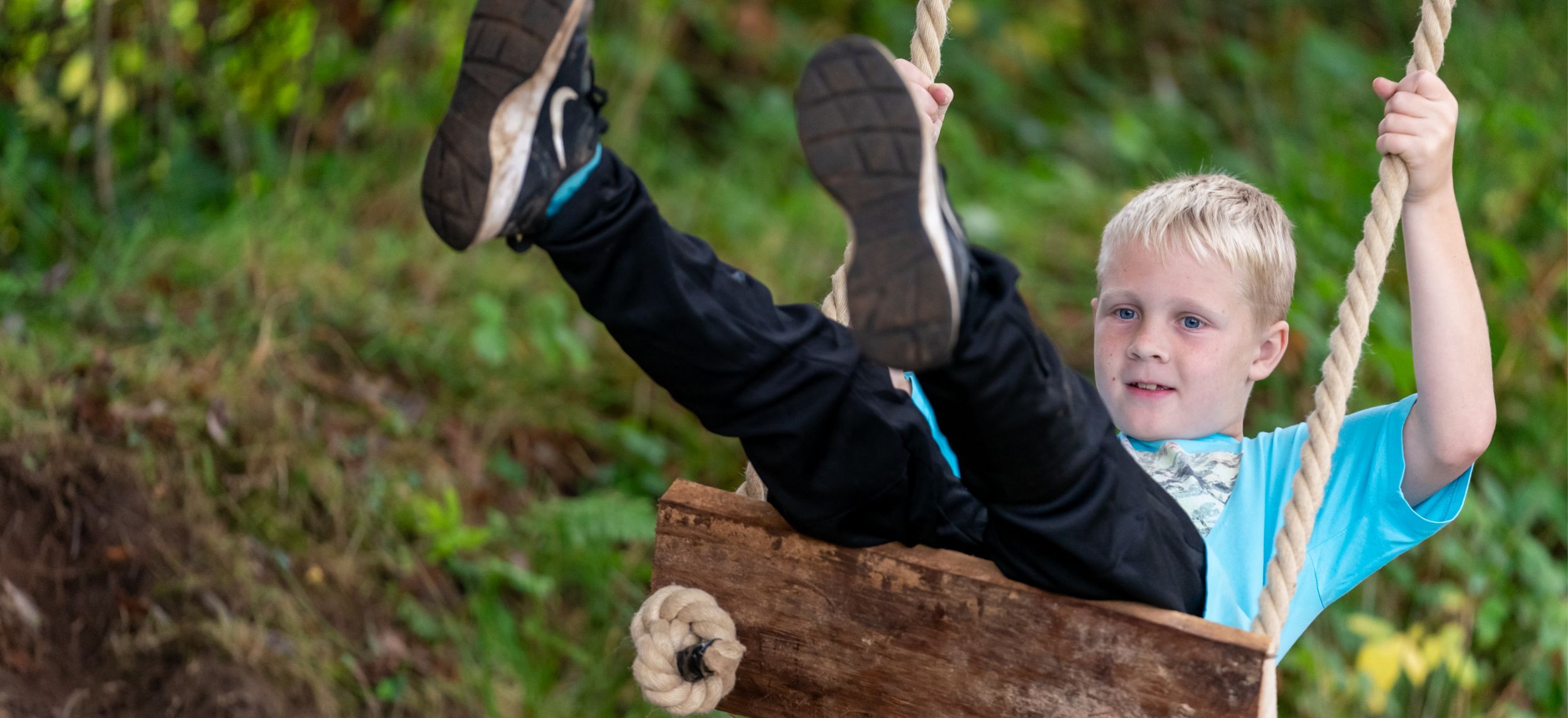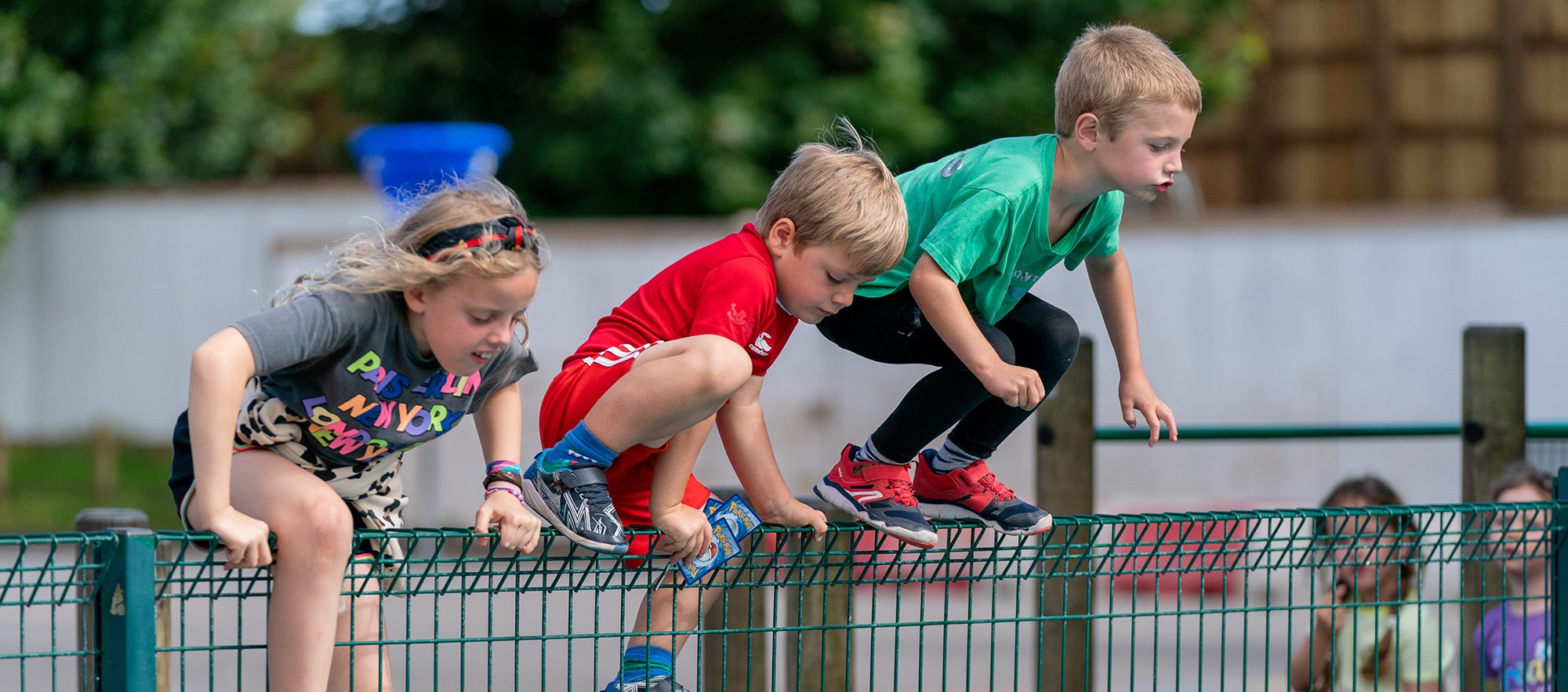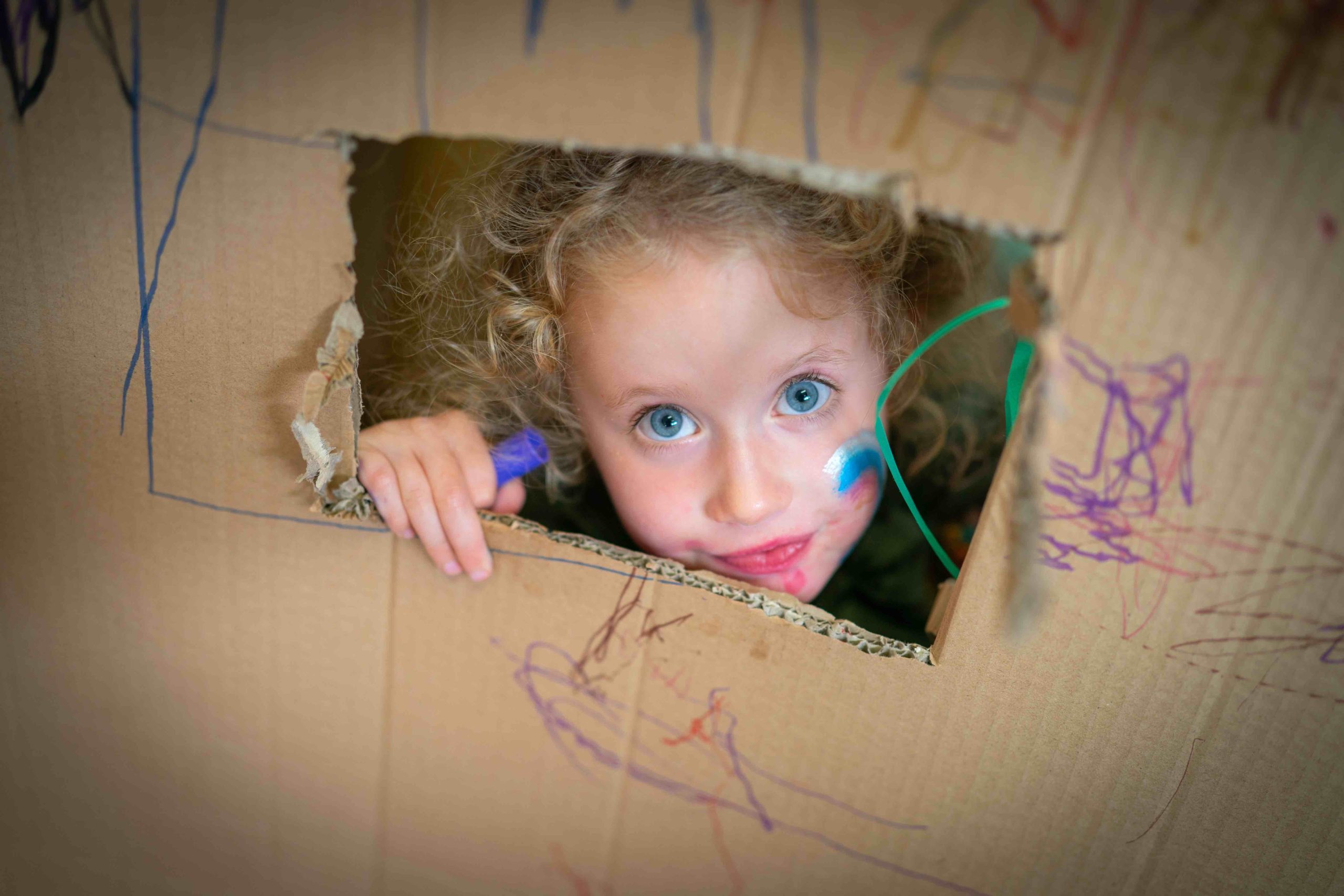Play Ideas
Top tips for swings
Swings have been a part of children’s play for generations. Playing on swings is a popular social activity for people of all ages, from very young children to adults.
What makes swings so much fun?
Children get a sense of moving freely through the air. It can feel very exciting to go higher and higher or it can feel relaxing to swing gently. Swings are also a landmark for children, a place where they can meet up with their friends.
Playing on swings benefits your child’s development
Swinging helps to develop your child’s coordination, balance and muscle control. Playing on swings lets your child experience a range of emotions like excitement, danger, trust and achievement.
Rope swings and tyre swings
Home-made rope or tyre swings – for example, in woods or on the edge of parks – give children a sense of adventure. They give children a sense that adults are not as in charge of everything in their world. They are usually temporary and often feel more challenging and out of the ordinary than park swings.
Playing on swings appeals to teenagers
Teenagers often use swings at times when other people aren’t using them, like in the early evening. They are a place to meet up, and to sit and chat. Teenagers often seek more risk and thrills, so they may swing very high, making lots of noise or showing off to each other. Rope swings in more exciting spots – for example, over a river – can be popular with teenagers.
Teenagers might use swings in ways that annoy other people
If this happens, communication is usually the key to sorting out problems. You can try:
- talking to them at quiet times rather than when a crowd is around
- letting them know – and other people, too – that they have a right to play, and that boisterous behaviour is a natural part of play
- appealing to their better nature by reminding them that younger children play there during the day, and asking them to make sure nobody leaves any litter or graffiti.
If vandalism is a problem in your area, find the teenagers who have an influence on other teenagers and talk to them. Try to get them on side and ask them to use their influence to persuade everyone to leave the swings in a usable state.
Swings and risk
Small injuries like scuffs and scrapes are to be expected from playing on swings. For safer play on rope swings and tyre swings, some things you can look out for and avoid include:
- frayed or damaged rope
- decayed or cracked branches on the tree where the swing is hanging
- sharp or hard things on the ground where your child might land if they come off the swing
- hard things – like another tree, a wall or lamp post – that your child might crash into
- hard surfaces such as concrete, tarmac or gravel under swings.
How high is too high for a swing?
This is hard to answer exactly – it depends on what is around the swing, what it’s made from and the level of supervision available. But some organisations recommend that two metres should be the maximum height a child should be able to fall, if they fall from the swing at its highest point.













